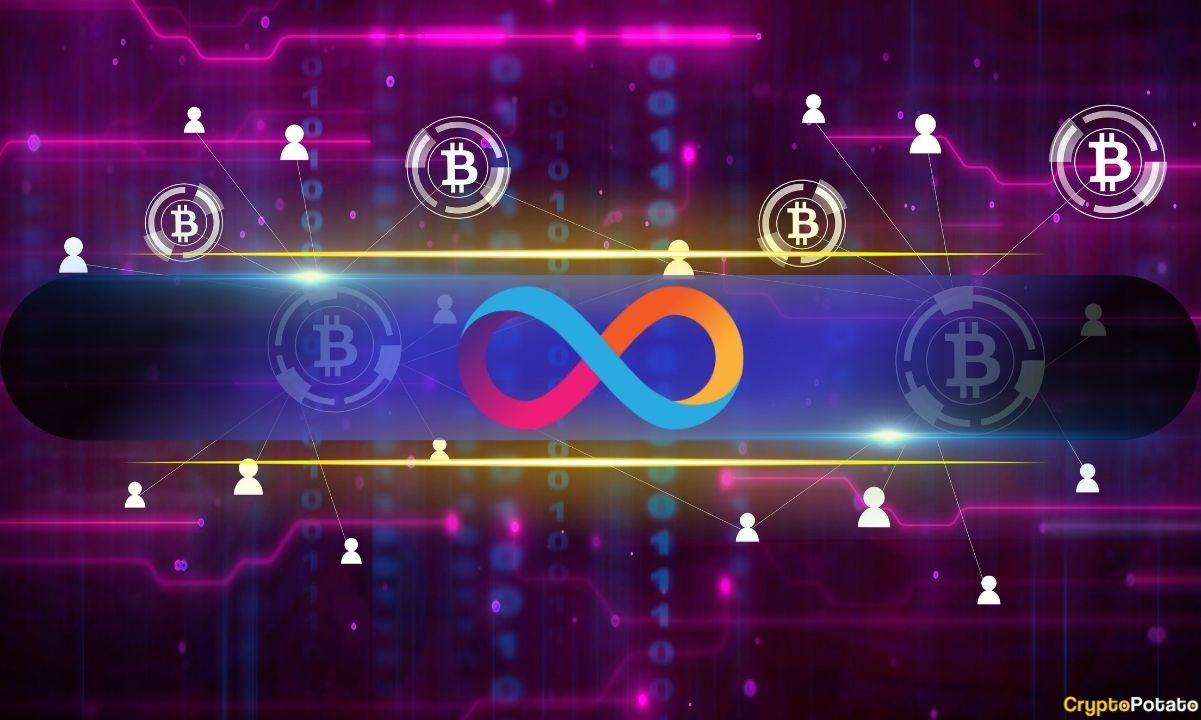Decentralized blockchain network Internet Computer Protocol (ICP) has successfully implemented threshold-Schnorr signatures to harness the potential of Bitcoin-based decentralized finance (DeFi) and web3.
According to a release seen by CryptoPotato, the new cryptographic signature scheme will enable ICP smart contracts to etch the Bitcoin token standard, Runes, and trade BRC-20 tokens.
Implementing Threshold-Schnorr Signatures
Threshold-Schnorr is a digital signature scheme that enables the secure signing of transactions and messages on-chain by facilitating the common ownership of a private key by a group of network participants.
ICP said combining threshold-Schnorr-BIP340 with its integration with the Bitcoin network gives rise to new possibilities for decentralized applications that can leverage BTC’s liquidity and security. These services would not need centralized bridges and would be fully decentralized. The integration of the signature scheme supports basic and advanced use cases like decentralized exchanges and Bitcoin inscriptions.
After the next Bitcoin halving, mining will become less profitable as block rewards will be cut in half. Miners will have to rely on more transaction fees to stay afloat. Introducing innovative applications on Bitcoin will increase the value of blockspaces, resulting in more fees.
“It’s super exciting to see the growth and variety of applications building the Bitcoin economy and opening up the Web3 space over the past year. We’ve seen builders leveraging ICP to solve some of the core Bitcoin problems, like inscribing and trading images, getting yield on BTC, and expanding the community,” said Aisling Connolly, Senior Research Scientist of the DFINITY Foundation, the non-profit organization behind ICP.
Solving Problems in The Industry
Besides increasing use cases on the Bitcoin network, the integration of threshold-Schnorr will allow ICP smart contracts to inscribe ordinals in a decentralized way, send, receive, and bridge BRC-20 tokens, and sign Taproot transactions.
Connolly said the integration aims to solve orchestration problems in the crypto industry by adding functionality, speed, and security to interactions on and beyond Bitcoin. The full implementation will be launched by summer.
Meanwhile, developers are increasingly using ICP as the Bitcoin layer zero to build several applications. Projects such as Bioniq, Dopamine Finance, and Taler DAO are already functional on the network, with others like Omnity set to launch later this month.

